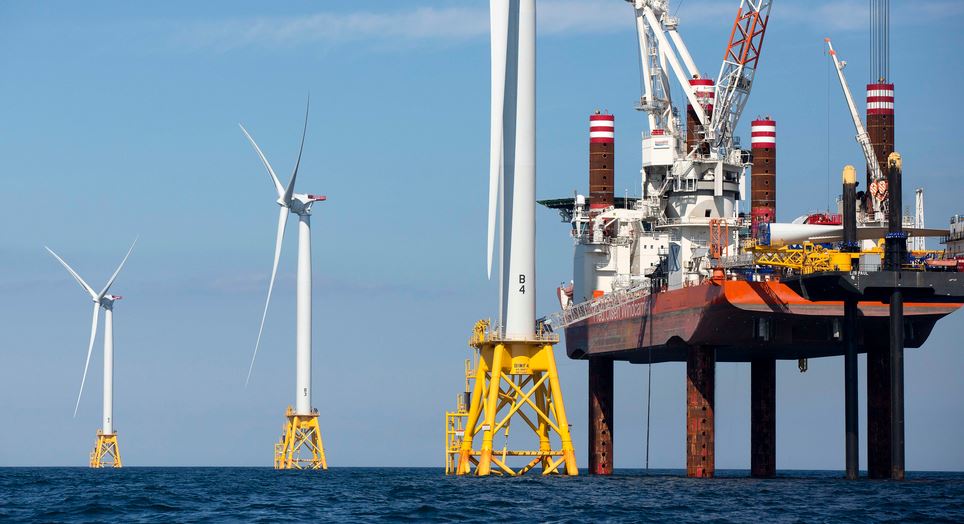From UPSC perspective, the following things are important :
Prelims level: Viability Gap Funding (VGF) Scheme; Its features.

Why in the News?
- The Union Cabinet, chaired by the PM, approved the Viability Gap Funding (VGF) scheme for offshore wind energy projects.
Note: Offshore wind energy projects refer to developing and operating wind farms located offshore, typically in coastal waters or oceans.
Back2Basics: Viability Gap Funding (VGF) Scheme
Features:
Benefits:
|
About VGF Scheme for Offshore Wind Energy Projects
-
- The VGF scheme aligns with the National Offshore Wind Energy Policy (2015) to harness India’s offshore wind potential.
- It aims to reduce power costs from offshore wind projects, making them viable for DISCOMs through government support.
- It seeks installation and commissioning of 1 GW of offshore wind energy projects (500 MW each off the coast of Gujarat and Tamil Nadu).
- Functionaries:
-
- Private Developers will execute projects via transparent bidding.
- Power Grid Corporation of India Ltd (PGCIL) will build power evacuation infrastructure.
- Total outlay: Rs. 7453 crore, including Rs. 6853 crore for installing and commissioning 1 GW of projects in Gujarat and Tamil Nadu.
Advantages of Offshore Wind Energy:
- Offshore wind offers higher reliability, lower storage requirements, and greater employment potential than onshore wind and solar.
- The development will attract investments, build indigenous manufacturing capabilities, and foster technology advancements.
Environmental and Economic implications:
- 1 GW projects will generate 3.72 billion units annually, reducing CO2 emissions by 2.98 million tons per year for 25 years.
- Expected to kickstart India’s offshore wind sector, supporting initial development of 37 GW capacity with an investment of Rs. 4,50,000 crore.
- Creates an ecosystem for ocean-based economic activities, contributing to India’s energy transition goals.
PYQ:[2018] With reference to solar power production in India, consider the following statements:
Which of the statements given above is/are correct? (a) 1 only (b) 2 only (c) Both 1 and 2 (d) Neither 1 nor 2 [2016] Give an account of the current status and the targets to be achieved pertaining to renewable energy sources in the country. Discuss in brief the importance of National Programme on Light Emitting Diodes (LEDs). |
Get an IAS/IPS ranker as your 1: 1 personal mentor for UPSC 2024
